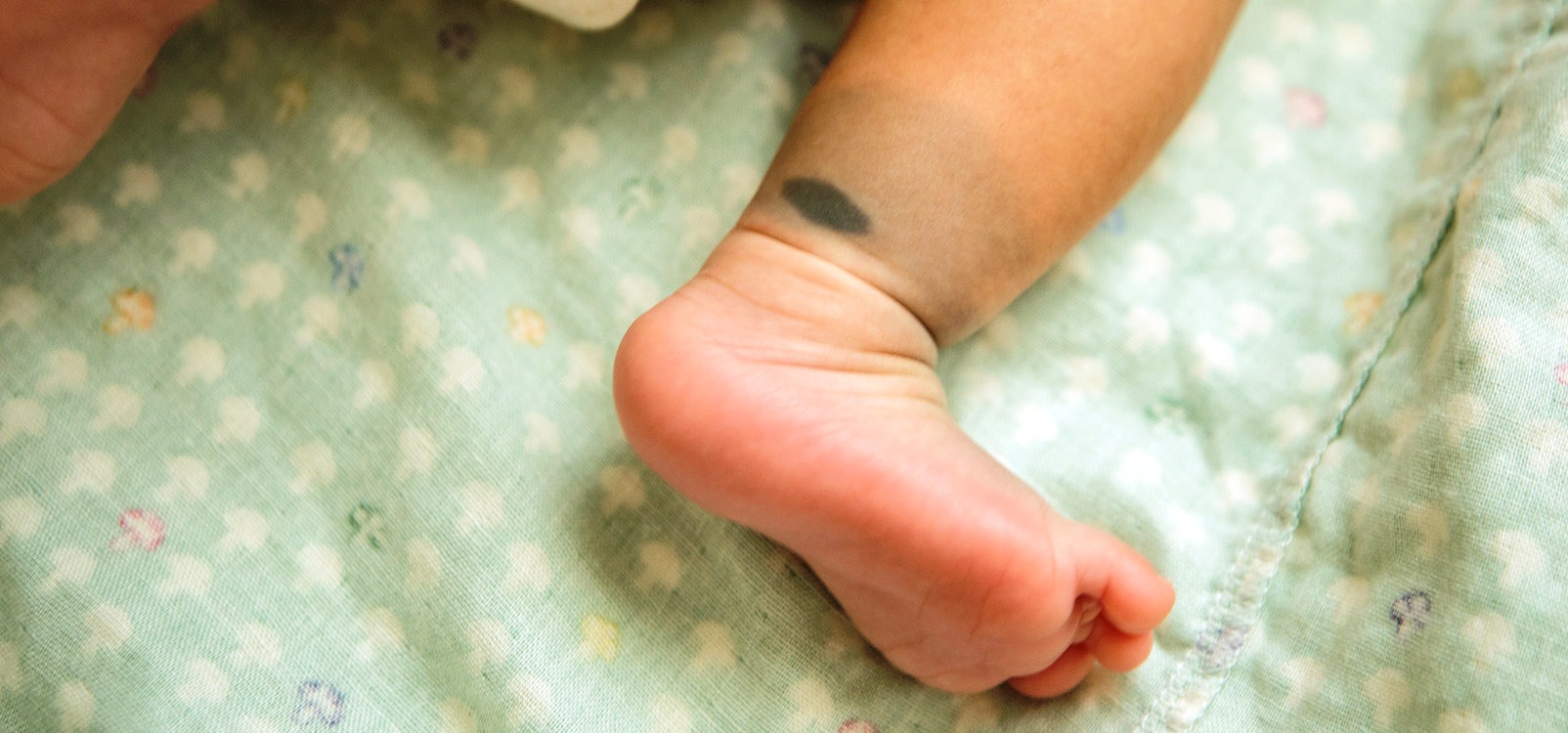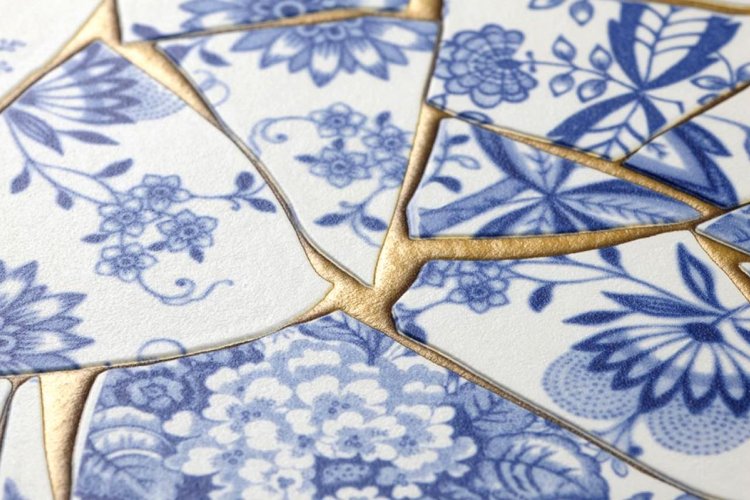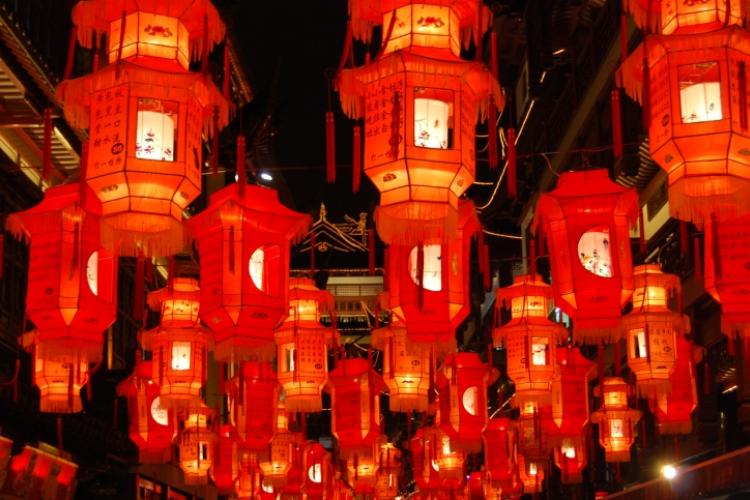Birthmarks, the Chinese Take: A Kiss From an Angel or a Mark of the Devil?
From a medical perspective, birthmarks are simply the result of excess skin pigment or increased blood vessels. However, there are beliefs related to the significance of birthmarks, both good and bad, in many cultures and religions around the world, passed from one generation to the next.
China is no different, and according to traditional beliefs, birthmarks can be interpreted as relating to someone's personality, a manifestation of strong emotions, a product of particular food their mother had during pregnancy, or even resulting from trauma in a previous life. One particular kind of birthmark – the slate grey nevus (pictured above) – is even called a "Mongolian blue spot," because the German anthropologist Erwin Bälz who identified it believed that it occurred among his patients from the northern country. However, it's since been proven that Mongolians are not more susceptible to Mongolian blue spots than other people.
Just as with the interpretation of moles, many of the traditional explanations for birthmarks place great importance on the mark’s location. Read on to get a rough idea of superstitions about birthmarks, and if you happen to bear one find out what it might mean!
A hairy birthmark: No matter what color, it is a sign of great wisdom. People born with hairy birthmarks are believed to lead a wise life.
Forehead: On the left side of the forehead signifies a potential spendthrift, while a birthmark on the right side of the forehead means self-control and strong willpower.
Nose: Creativity and diligence. People with birthmarks on the nose tend to be successful both in their careers and family lives.
Chin: A bread earner for the family, but with an unpredictable personality or a short temper.
Neck: Difficult romantic relationships.
Collarbone: means a mellow temper and generosity.
Shoulder: A birthmark on the left shoulder indicates financial difficulties, while a birthmark on the right shoulder means that you will be wealthy.
Arm: For a man, this suggests he’s family-oriented, while for a woman it means she’s ambitious in her career.
Chest: A great thinker, but one who can be calculating and tricky in the pursuit of their own benefit.
Bellybutton: Good luck and fortune lasting one’s whole life.
Back: truthfulness and open-mindedness.
Backside: Bearers are “born with a silver spoon in their mouth,” and will have a worry-free life.
Legs and fingers: Decisiveness and independence.
Foot: Enthusiasm for traveling and an adventurous spirit.
Heel: Bad luck you can’t get rid of.
As we have seen, people are more inclined to interpret birthmarks auspiciously. It’s still the case that in some countries, people believe it brings them good luck to touch someone with a birthmark.
READ: What a Mole Says About Your Personality
The article originally appeared on our sister site, beijingkids.
Photo: Discover Mongolia







